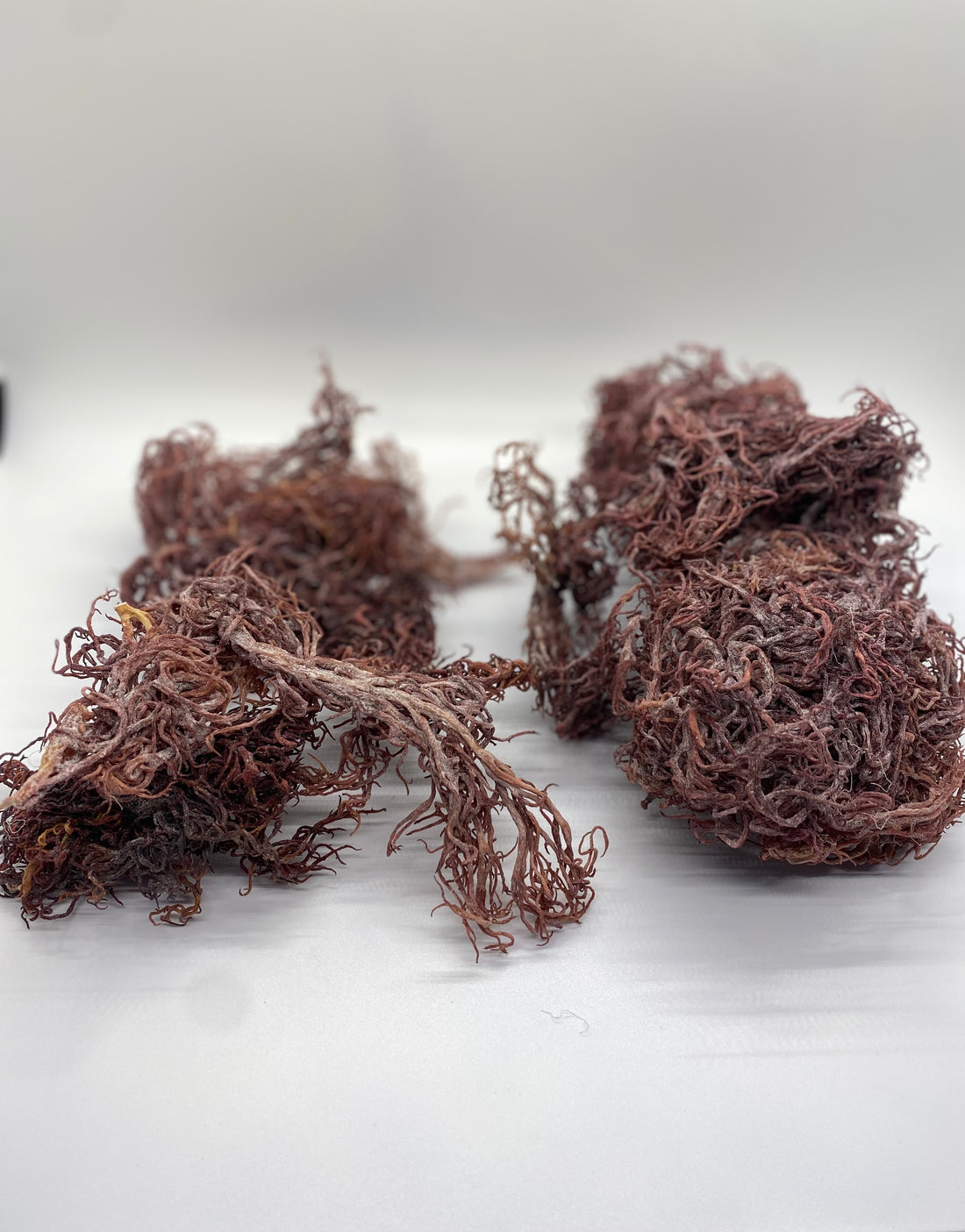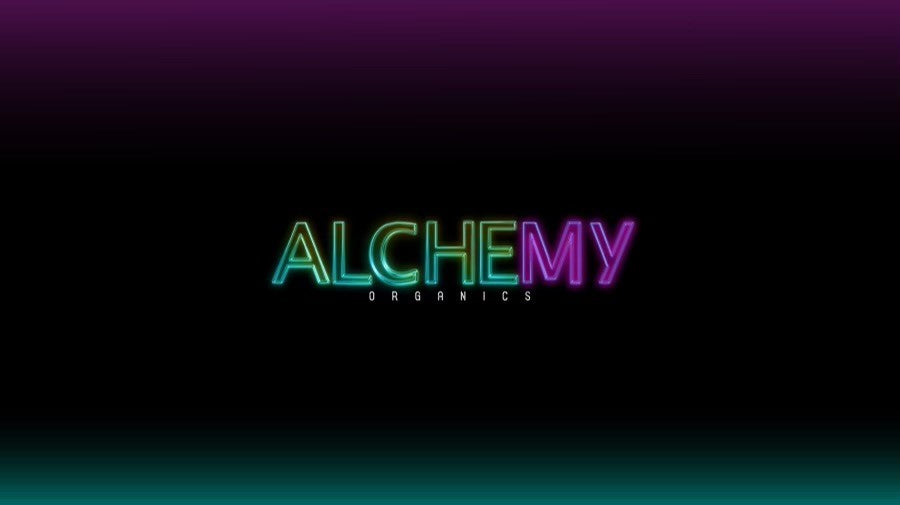
Chondrus Crispus vs Gracilaria Sea Moss
Share
Gracilaria - Antioxidant, anti-inflammatory, anti-cancer, and anti-diabetic properties are attributed to these compounds. If seaweeds are compared to terrestrial plants, they have a higher proportion of essential fatty acids as eicosapentaenoic (EPA) and docosahexaenoic (DHA) fatty acids.
Carrageen / Irish Moss / Chondrus crispus has traditionally been used for numerous medical applications, some dating back to the 1830s.
It is still used today to make traditional medicinal teas and cough medicines, to combat colds, bronchitis and chronic coughs. In Venezuela, Ireland and Scotland, it is boiled with milk and honey is added as a home remedy for sore throats and chest congestions. Its has also know anti-viral properties.
In Jamaica and Trinidad and Tobago, it is boiled with milk and cinnamon to make the thick drink “Irish Moss” and its believed to be an aphrodisiac (!)
Carrageenan is also used as a suspension agent and stabiliser in lotions and medicinal creams.
Chondrus crispus—commonly called Irish moss or carrageen moss (Irish carraigín, "little rock")—is a species of red algae which grows abundantly along the rocky parts of the Atlantic coast of Europe and North America. In its fresh condition this protist is soft and cartilaginous, varying in color from a greenish-yellow, through red, to a dark purple or purplish-brown. The principal constituent is a mucilaginous body, made of the polysaccharide carrageenan, which constitutes 55% of its dry weight. The organism also consists of nearly 10% dry weight protein and about 15% dry weight mineralmatter, and is rich in iodine and sulfur. When softened in water it has a sea-like odour and because of the abundant cell wall polysaccharides it will form a jelly when boiled, containing from 20 to 100 times its weight of water.

